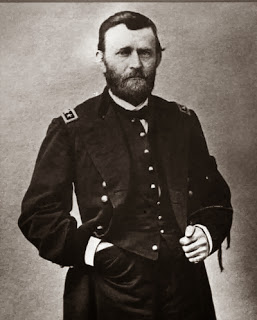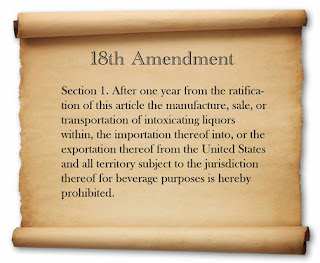FDR's program was a product of the Great Depression. Imagine, however, if there had been no great depression. Would we still have the many social programs proposed by Franklin Roosevelt?
I argue that without World War 1, which caused the Great Depression, we would probably have had many of those programs much earlier, possibly by as early as 1920. Why do I say that?
In a speech in Osawatomie, Kansas.on August 31, 1910, FDR's distant cousin Theodore Roosevelt presented what he called his New Nationalism. He was in the process of expounding on what was then called Progressivism, a program carried on by Woodrow Wilson. Without the intervention of war, this is what we might have had.
The central issue he argued was government protection of human welfare and property rights, but he also argued that human welfare was more important than property rights. He insisted that only a powerful federal government could regulate the economy and guarantee social justice, and that a President can only succeed in making his economic agenda successful if he makes the protection of human welfare his highest priority. Roosevelt believed that the concentration in industry was a natural part of the economy. He wanted executive agencies (not the courts) to regulate business. The federal government should be used to protect the laboring men, women and children from exploitation. In terms of policy, Roosevelt's platform included a broad range of social and political reforms advocated by progressives.
In the social sphere the platform called for:
A National Health Service to include all existing government medical agencies
Social insurance, to provide for the elderly, the unemployed, and the disabled.
Limited injunctions in strikes.
A minimum wage law for women.
An eight hour workday.
A federal securities commission.
Farm relief.
Workers' compensation for work-related injuries.
An inheritance tax.
A Constitutional amendment to allow a Federal income tax.
The political reforms proposed included:
Women's suffrage.
Direct election of Senators.
Primary elections for state and federal nominations.
However, the main theme of the platform was an attack on the domination of politics by business interests, which allegedly controlled both established parties. The platform asserted that:
To destroy this invisible Government, to dissolve the unholy alliance between corrupt business and corrupt politics is the first task of the statesmanship of the day.
To that end, the platform called for:
Strict limits and disclosure requirements on political campaign contributions.
Registration of lobbyists.
Recording and publication of Congressional committee proceedings.
Sound familiar?
















